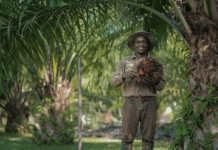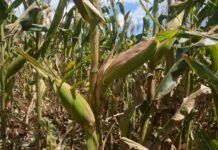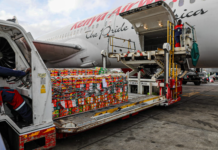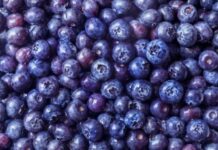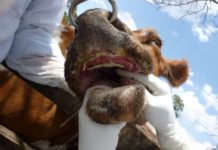
Goat Farmers Day was held on 11 November 2021 at Buffelsfontein Beesboerdery Restaurant in Menlo Park, Pretoria, to celebrate goat farmers of South Africa. After the success of the previous days like the #GoHunt Day and Ostrich Day, Saai decided to do this again before the end of the year.
Goat farmers in South Africa experience a lot of challenges whether it is the draught in the Eastern Cape that impairs the Angora goat farmers, mouth-and-feet disease that hampers indigenous goats and exports or People for the Ethical Treatment of Animals (PETA) who regularly targets goat farmers about sustainable and responsible farming practices. The biggest challenge is however the shortage of goats for this growing market.
“A lot of people think Angora goats descend from sheep. This is why we seize each occasion to promote awareness and the exposure of Angoras. There are still a lot of growth potential in this industry,” says Sanmarie Vermaak of the South African Mohair Grower’s Association.
While guests enjoyed the goat spit and goatmilk ice cream, Gerhard Lourens from the shared the latest market tendencies and figures of goat farming with the guests. He donated the two goats for the spit and according to him there has never been such an opportunity for goat farmers and he is really excited for what this event can do for the future of goat farmers.
The demand for small stock grew overall during COVID-19 and with that said there are still not enough goats for the market. “People in the city has preconceived ideas about goat meat and here we are today and the guests cannot believe that it is not a sheep on the spit. There is a misconception that goat meat/chevon is not popular at all because one cannot find it on store shelves. On the contrary, it is precisely this popularity of goats that causes there to never be a surplus to push into the commercial meat market,” Lourens adds.
There are numerous foreigners residing in South Africa who like to eat goat meat and that increase the demand for goat meat in restaurants and chain stores. Events like this give exposure on every possible level to promote the breed and to advertise. “There are still plenty of challenges which prevent future farmers to enter the goat trade, but we are working to expand our brand and to attract more people to introduce them to this incredible breed,” says Alida Dreyer of the SA Kalahari Red Club.


